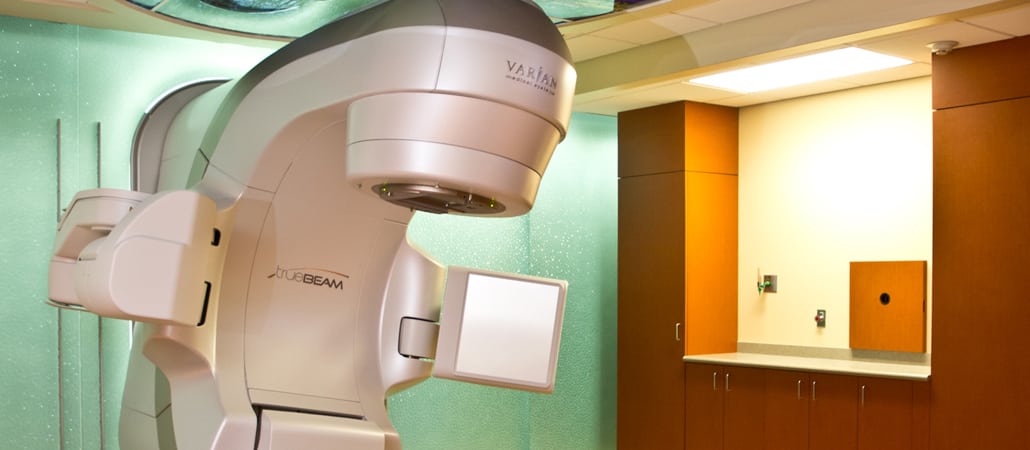Non-melanoma skin cancer (which includes basal and squamous cell carcinoma) is the most common form of cancer worldwide. In the United States alone, more than 5 million people are treated for skin cancer per year. In fact, there are more cases of skin cancer diagnosed annually than breast, lung, colon and prostate cancer diagnoses combined.
As rates of skin cancer diagnoses in the U.S. continue to rise, and the Baby Boomer generation reaches late middle-age, the role of radiation therapy in the treatment of non-melanoma skin cancer has become more important.
While surgery alone is often the right choice, especially in very young patients, for non-melanoma skin cancer, radiation for skin cancer may be the best option in many cases, offering excellent outcomes when surgery isn’t ideal or when cosmetic preservation is a priority.
Radiation therapy may be given as a primary treatment or as an adjunct to surgery for squamous cell and basal cell carcinomas.
At SERO, we work closely with our dermatologic surgical colleagues to diagnose, plan, and execute the best radiation treatment approach for each and every patient.
To help determine if radiation therapy is right for you, we discuss what it is, how it’s used, and its benefits.




